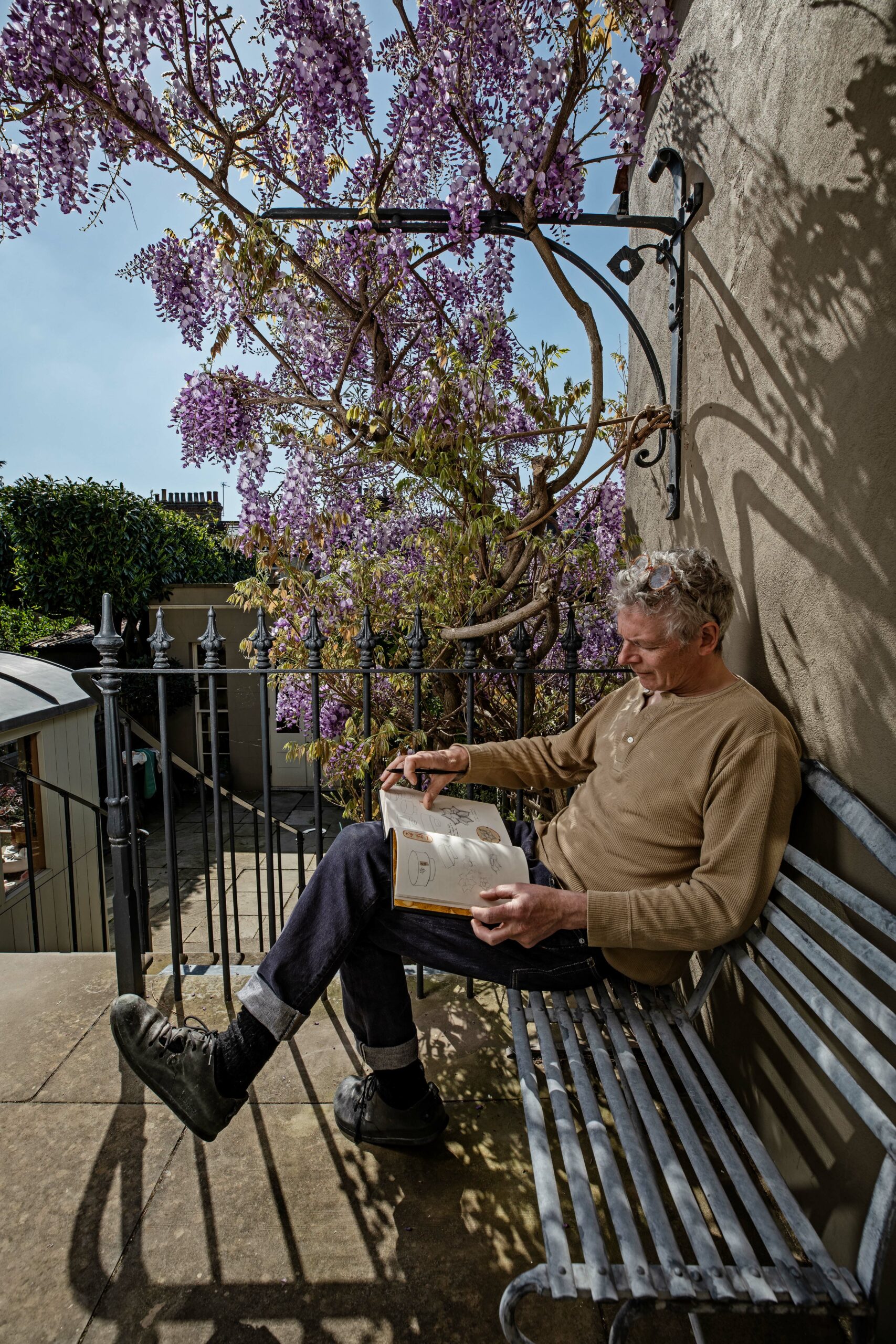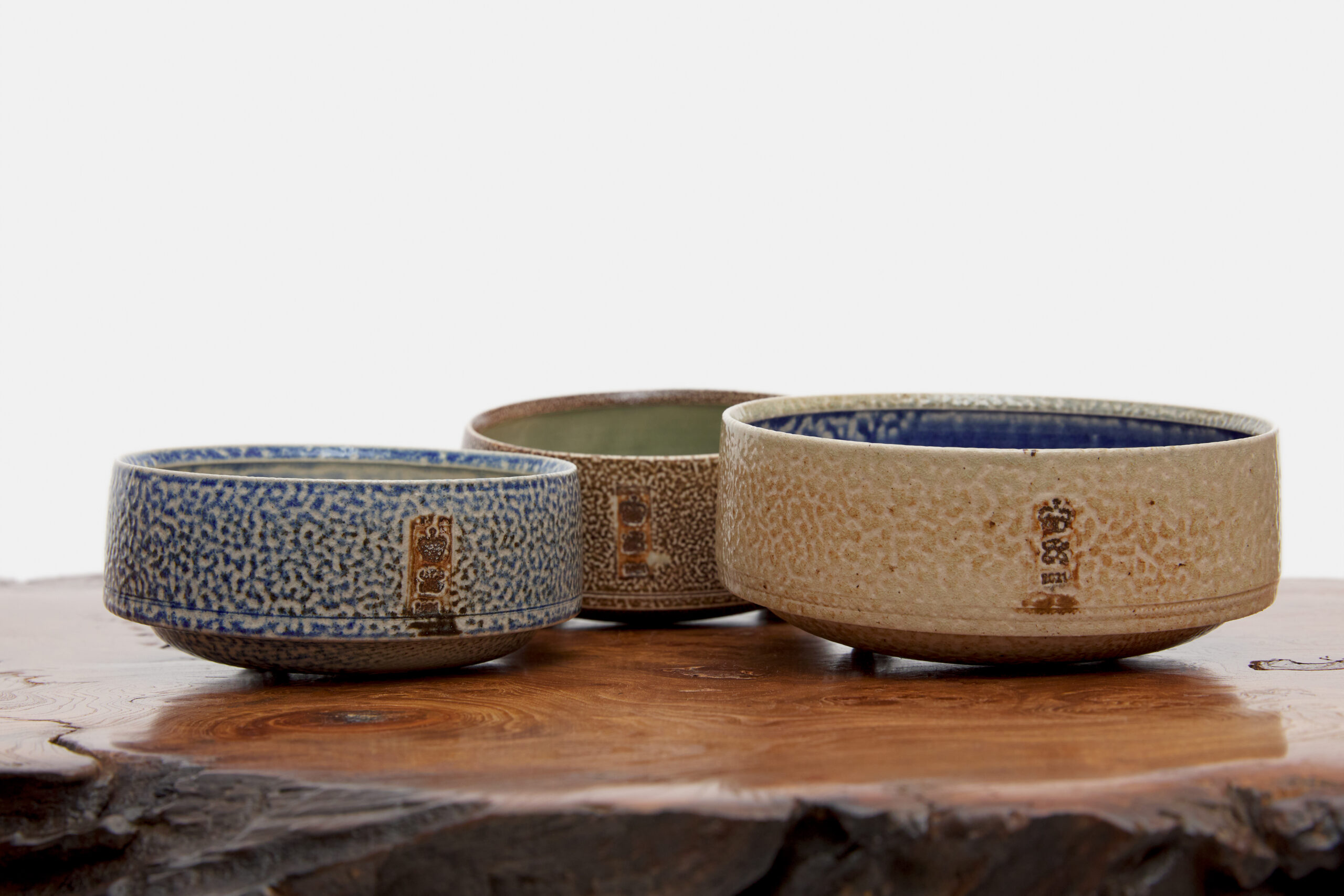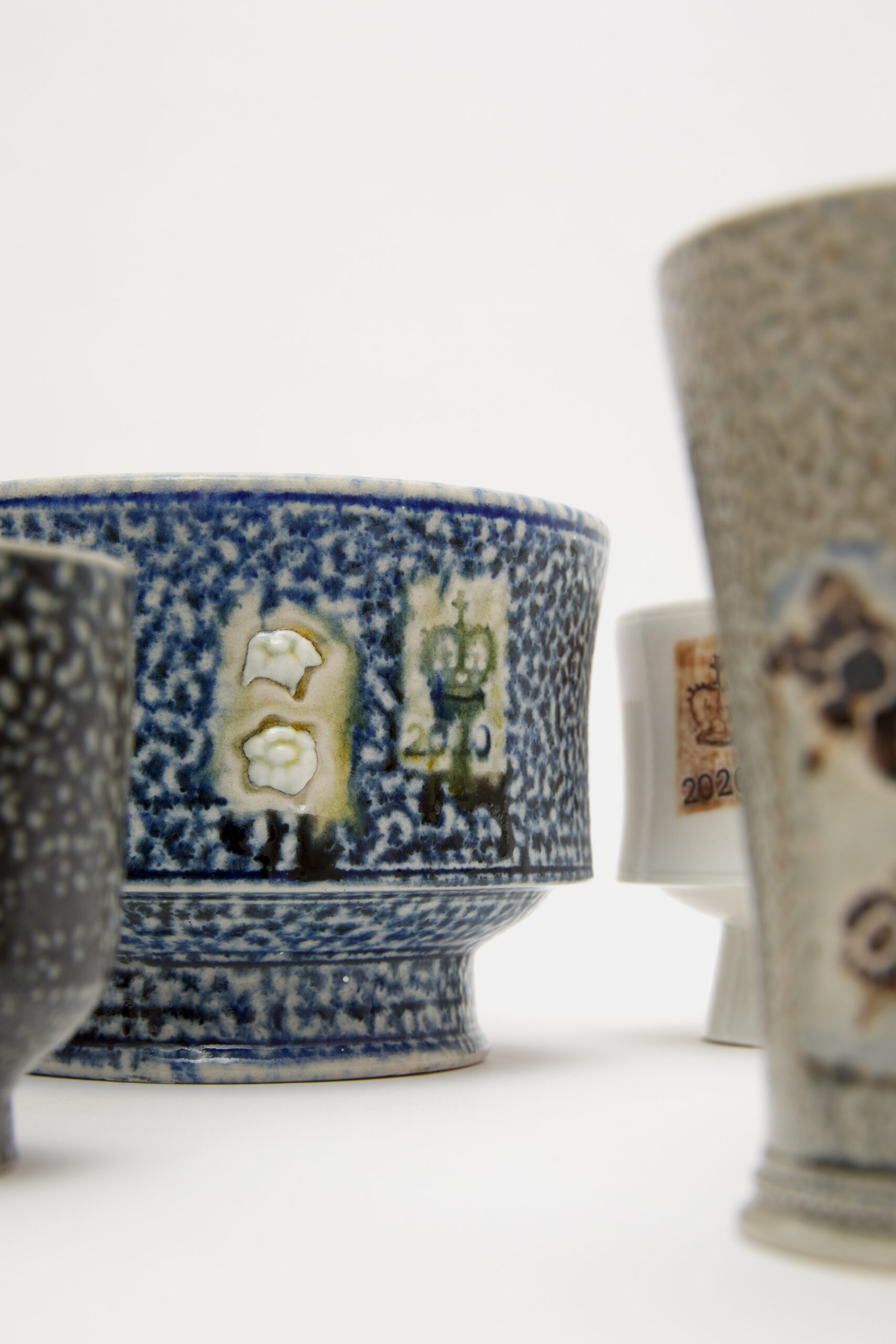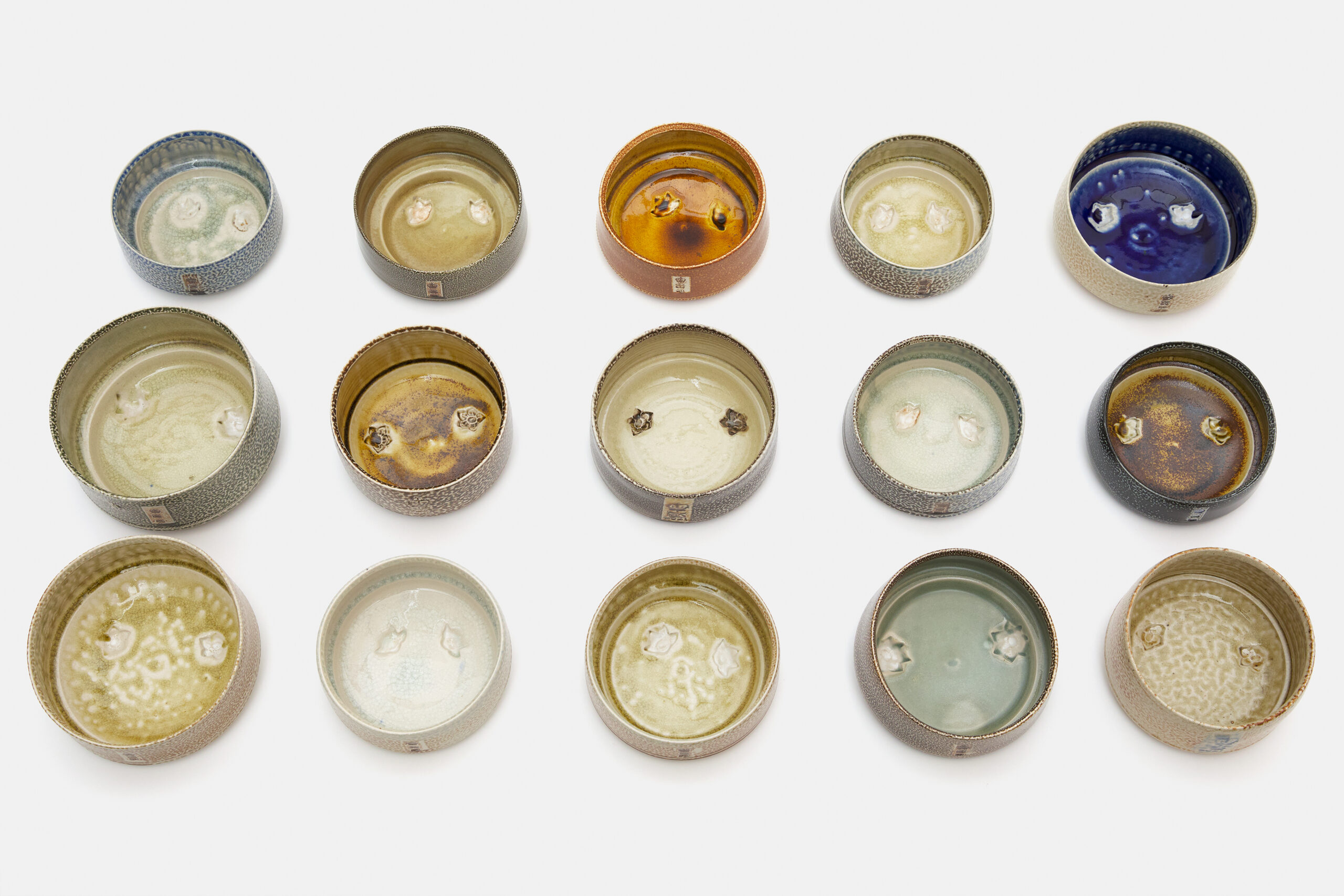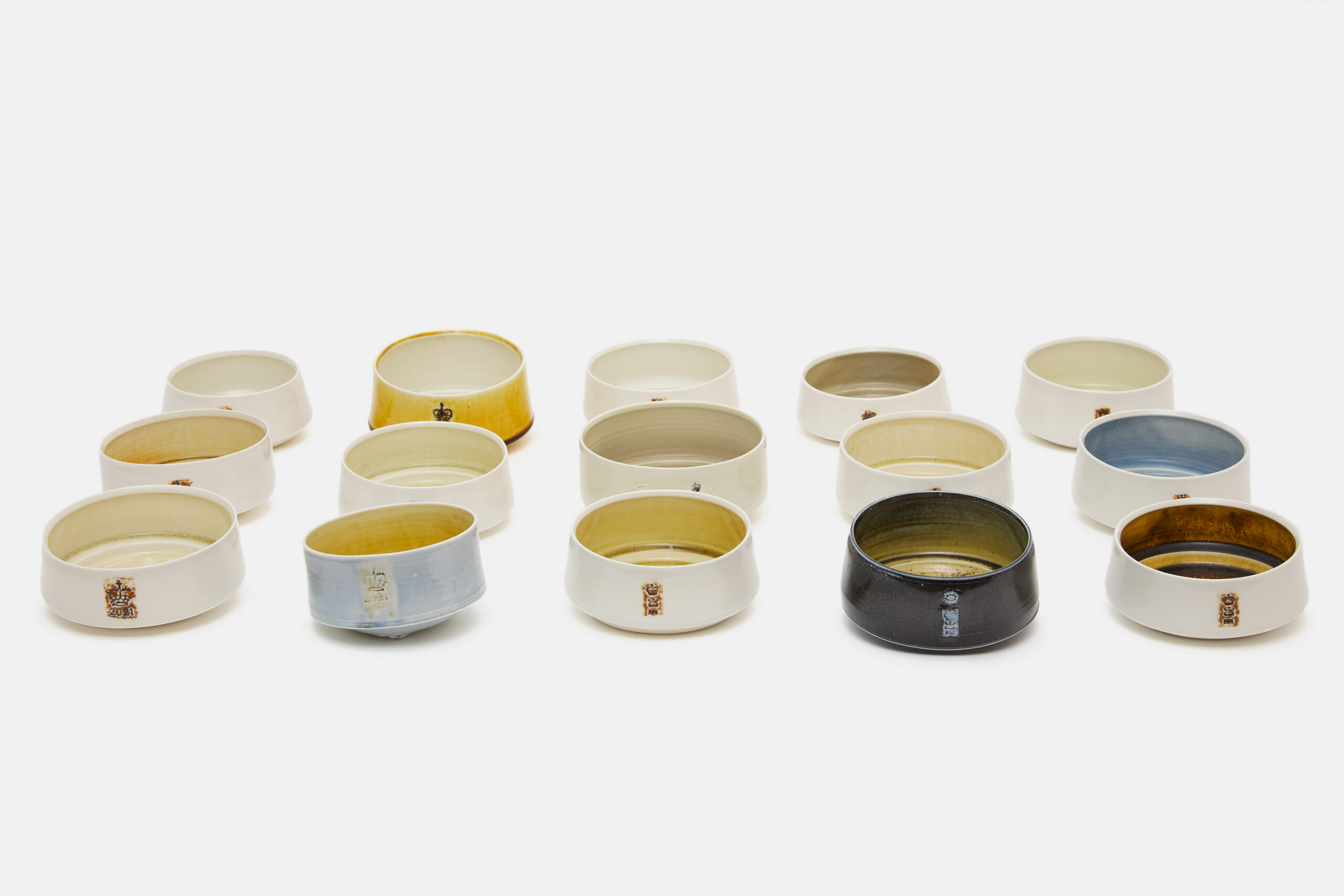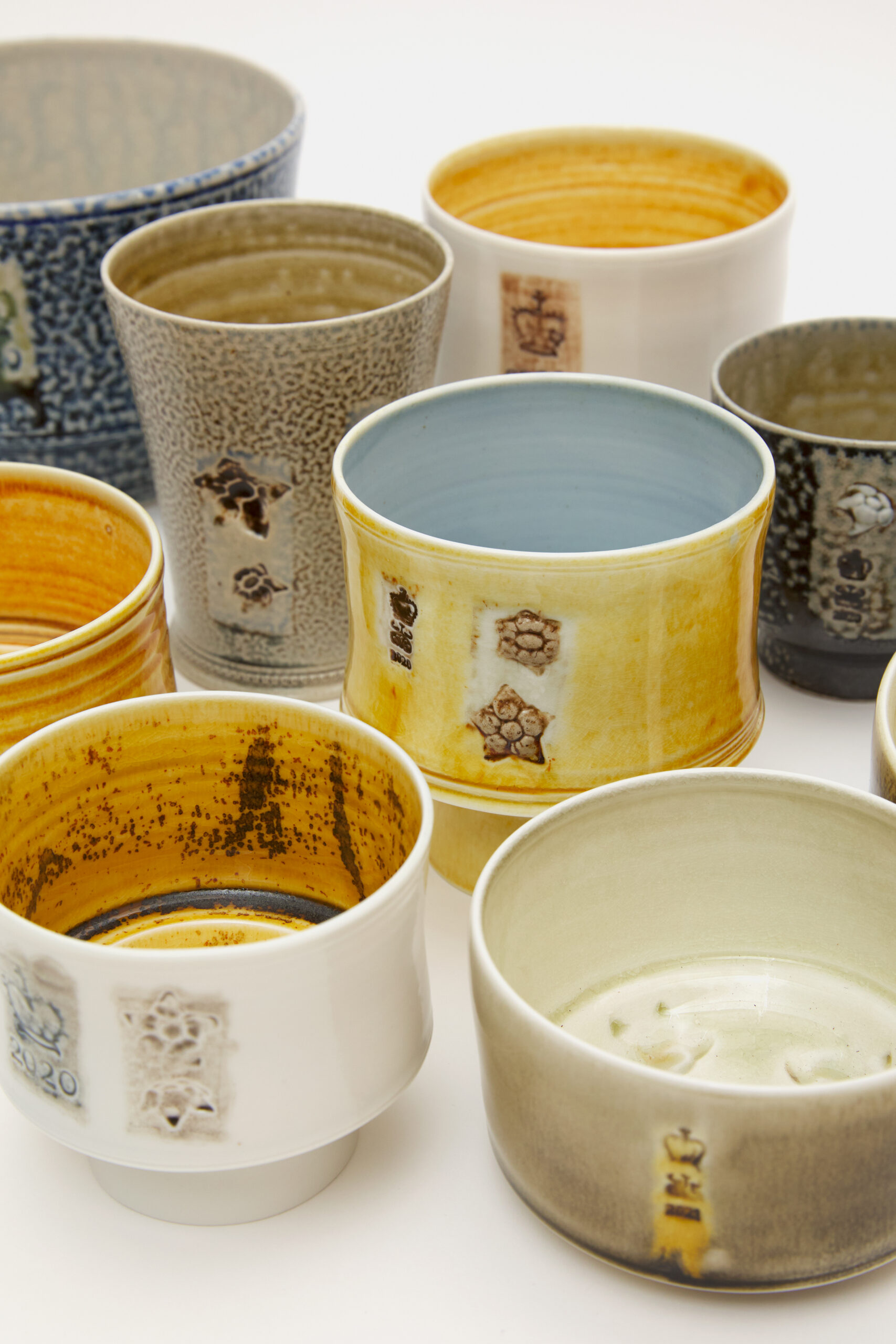Foreword
The Age of the Beaker
–Benedict Harrison
The Age of the Beaker
–Benedict Harrison
As it tilts towards you, the humble beaker asks a challenging question. Contained within it is not only a meal consisting of simple food, prepared with care and consideration, but also an inquiry into the ideals of the world we live in. The beaker invites us to explore the notion of frugality in the face of the pervasive collection and production that is inherently tied to the human condition. A meal eaten out of the beaker provides us with time to reflect on how our search for something extraordinary does not always need to take us outside of everyday experiences.
Yet it is not the intention of the beaker to tell anyone how they ought to live their lives. These pots do not perpetuate the Cynic ideology of Diogenes of Sinope, for whom even a solitary bowl was deemed surplus to requirements upon seeing a young boy drinking by cupping his hands. For Steve, every aspect of the beaker, from the initial idea to their actual creation, is autotelic; a self-contained exploration of form without any outcome in mind.
This same idea of doing something for its own sake also informed the process of working with filmmaker, Jack McGoldrick, which acted as the catalyst for Steve’s deeper inquiry into the universal utility of the beaker. Shortly before the start of the pandemic, Jack filmed a conversation between Steve and Nigel Slater in Steve’s workshop.
Although he was familiar with Steve’s work, Nigel did not know Steve personally before they started filming. They approached this project without preconceptions, but with the determination to create something without a particular goal and to capture the magic of conversation. For both Steve and Nigel, the value of this filming was not intended to be found in the output, but was found inherently in each step of the process.
Upon watching back some footage of the conversation, Steve was struck by the way he spoke about his history with the beaker, which began at the Royal College of Art and continued through to his annual Christmas Pot Sale (1995-2014), where everyone who visited was served mulled wine out of a beaker they could keep after they left.
Despite the onset of a global pandemic, Steve’s working days continued largely unaffected, but consumed by an obsessive exploration into the beaker. With less interference from the outside world together with a preservation of key rituals, including a 10am cup of coffee and several cups of tea throughout the day between periods of thinking and making, Steve was able to maintain a familiar routine and enjoy a productive spell at the beginning of this inquiry.
Over the course of Steve’s investigation into the form of the beaker, its shape has evolved from its classical form. It is broader and deeper than the beakers of Christmas Pot Sales in years gone by, almost more akin to a wide bowl. In spite of their technical complexity, Steve has received no greater compliment about his beakers than his wife Julia’s observation that they look “simple”. The apparent simplicity of the beakers is not only a testament to the skill involved in their creation, but is true to the origins of the beaker and its universal quality.
As Steve likes to say, “there is no mind to the artefact”. The true meaning dies with the artist. But there is a profound resonance between the humble appearance of the beaker and what it can represent. The bases of Steve’s beakers were pushed down with the aid of a cone to lift them up. Then, cradled in a supporting mould, the flower definition was pressed in one swift movement, preserving a crisp image, both internally and externally.
Keen to distance his beakers from the connotations of a cauldron, Steve was reluctant to use three flowers as supports for the base. A phone call with close friend, Tony Sims, provided the solution, as Tony suggested simply relying on an area of the base to act as the third support. A surprising consequence of this for Steve was the resulting tilt of the beakers, caused by the incidental positioning of the flowers.
Each beaker is an exploration of form, asking different questions through varying shapes and details. There is nothing added to the beakers – each is made from a single lump of clay, renouncing any flamboyant or overt details. The form, in its raw state, is sufficient, just as it is enough to enjoy a simple meal out of the beaker. As with Steve’s previous inquiries, including Travelling With Tea and Cup Board, the investigation into the beaker cannot be completed without situating it in the context of everyday life. The joy of the beaker exists only in its use, offering a private moment, conducive more to introspection than to any grand display of its contents.
When we are presented with a beaker, our mind may search for the right food to compliment the glaze as we seek to understand it in the context of the world we know. Nigel adopted a similar ethos when exploring his recipes, so that they would not only resonate with the glazes, but also ask deeper questions about the food we eat.
The success of harmonising the food and the beakers has only been possible through both Steve and Nigel sharing in all aspects of this journey. The output of this exploration has only been attained through their willingness to venture outside of their comfort zones and not to focus solely on their specialist areas.
The end of this journey marks the beginning of another, open to interpretation. Often, our search for novel experiences can lead us to desire new possessions. But the same beakers and recipes can continue to act as a catalyst for different ideas; now that is something to think about!
Further Reading
context

